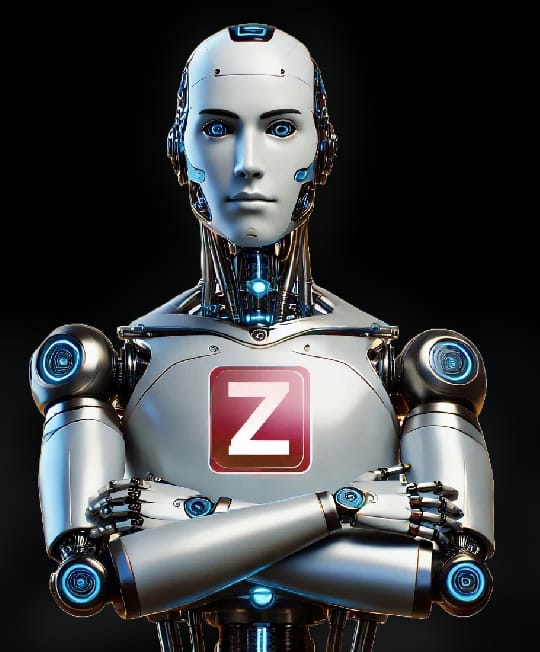Understanding the Shift in Marketing Budgets
There’s a big change happening in how businesses spend their money on marketing. For a long time, traditional advertising methods like ads on search engines and social media were the main ways to get the word out. These methods often involved paying for clicks or impressions, and they were very effective for a while.
, we’re seeing a move away from these traditional ad spends. A significant amount of money that used to go into paid advertising is now being redirected. This isn’t just a small adjustment; it’s a very large shift, involving billions of dollars.
The Rise of AI Content Tools
So, where is all this money going? A major part of it is flowing into AI content tools. These tools are changing how businesses create and distribute information. Instead of relying solely on paid ads to reach people, companies are now investing in technology that helps them produce a lot of content quickly and ly.
Think about it: AI can help write articles, create social media posts, and even generate ideas for videos. This means businesses can produce more content than ever before without needing a huge team of writers or designers. This content can then be shared through various channels, often without the direct cost of a paid advertisement.
How AI Content Tools Work
AI content tools use advanced computer programs to understand language and create new text. They can take a few keywords or a short description and turn it into a full article or a series of social media updates. Some tools can even adapt their writing style to match a brand’s voice.
This capability means that businesses can keep their websites and social media channels fresh with new information. This constant flow of new, relevant content helps them stay visible and interesting to their audience.
The Impact on Traditional Advertising
When businesses put more money into AI content tools, there’s less left for traditional advertising. This leads to a decrease in spending on platforms like Google News, which traditionally relies on ad revenue. It’s not that these platforms are no longer useful, but their share of the marketing budget is shrinking.
For marketers, this means rethinking strategies. Simply buying ads might not be enough anymore. The focus is shifting towards creating valuable content that naturally attracts an audience.
From Paid Reach to Organic Engagement
Traditional advertising often focuses on paid reach, meaning you pay to show your ad to a certain number of people. With AI content tools, the goal is often organic engagement. This means creating content that people find so interesting or helpful that they share it, comment on it, and seek it out on their own.
This shift from paying for attention to earning attention is a big one. It requires a different mindset and different tools. AI content tools are becoming central to this new approach because they make it possible to produce the volume of content needed for organic strategies.
Why This Shift Matters for Marketers
For anyone working in marketing, understanding this change is very important. It means that the skills and tools needed to be successful are . Here are a few reasons why this shift matters:
- Budget reallocation: Marketers need to know where their company’s money is going and why. If budgets are moving from ads to AI content, they need to be prepared to manage those new investments.
- New skill sets: Being able to use and manage AI content tools is becoming a valuable skill. Marketers might need to learn how to prompt AI effectively, edit AIgenerated content, and integrate it into their overall strategy.
- Content strategy importance: Content has always been important, but now it’s even more central. A strong content strategy, supported by AI tools, can be more effective than a large ad budget alone.
- Measuring new metrics: Success might not just be measured by clicks on ads anymore. Marketers will need to look at things like website traffic from organic search, engagement on social media posts, and how long people stay on a page.
Looking Ahead
The trend of shifting marketing budgets from traditional advertising to AI content tools seems set to continue. As AI technology becomes even more sophisticated and accessible, its role in marketing will likely grow.
This doesn’t mean the end of traditional advertising, but it does mean a change in its role and proportion within the overall marketing mix. Businesses that adapt to this change by investing in AI content and focusing on organic strategies are likely to find new ways to connect with their audiences and achieve their goals.
For marketers, staying informed about these changes and being ready to adopt new tools and strategies will be key to success in this changing environment.
